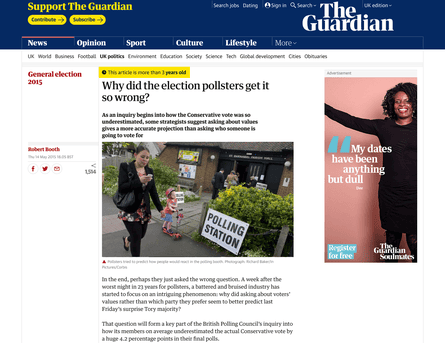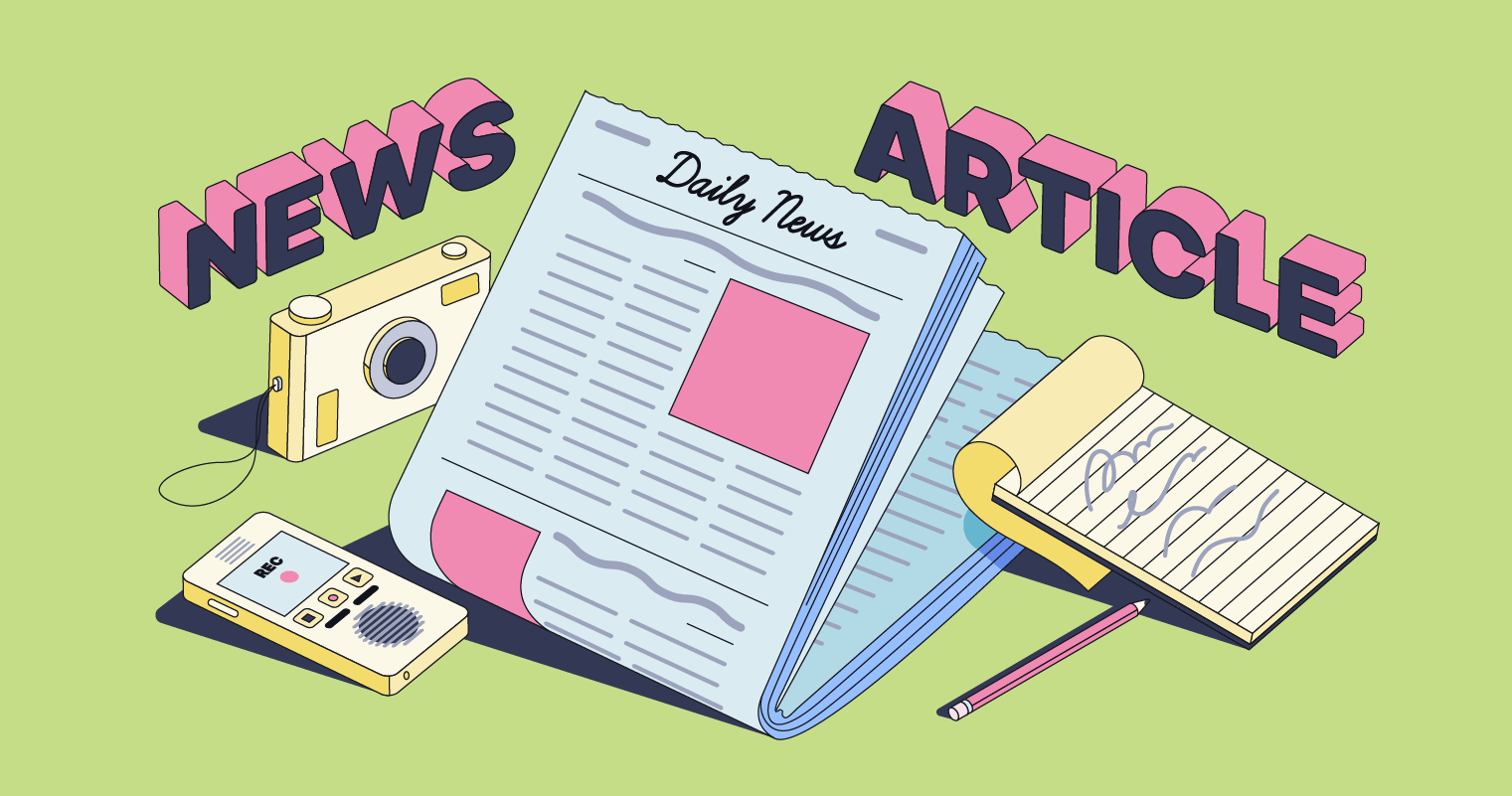What Does News Articles Mean?
What Does News Articles Mean?
Blog Article
The 10-Second Trick For News Articles
Table of ContentsFacts About News Articles UncoveredIndicators on News Articles You Should KnowFascination About News ArticlesWhat Does News Articles Do?News Articles Fundamentals Explained
Excellent expertise of different subjects offers students a competitive edge over their peers. Although electronic and social media sites are readily available, we ought to not fail to remember exactly how essential it is to read the newspapers. Parents need to try and inculcate the behavior of checking out a paper as a daily regimen to continue the heritage of the adored print medium.Information tales likewise contain at the very least one of the adhering to vital features loved one to the intended audience: proximity, prestige, timeliness, human passion, peculiarity, or effect.
Within these restrictions, information stories also intend to be comprehensive. Amongst the larger and much more revered papers, fairness and balance is a significant variable in providing info.
Newspapers with a global target market, for example, often tend to make use of an extra official design of composing. News Articles.; usual style overviews include the and the US Information Style Book.
The Facts About News Articles Uncovered
Generally, reporters will certainly not make use of a lengthy word when a brief one will do. They use subject-verb-object building and construction and vivid, active prose (see Grammar). They supply anecdotes, instances and metaphors, and they rarely depend on generalizations or abstract concepts. News authors attempt to prevent using the same word much more than once in a paragraph (often called an "resemble" or "word mirror").
Nevertheless, headlines sometimes leave out the subject (e.g., "Jumps From Boat, Catches in Wheel") or verb (e.g., "Pet cat woman lucky"). A subhead (likewise subhed, sub-headline, subheading, caption, deck or dek) can be either a secondary title under the main heading, or the heading of a subsection of the post. It is a heading that precedes the main text, or a team of paragraphs of the major text.

Additional billboards of any of these kinds may show up later in the write-up (especially on succeeding web pages) to lure further analysis. Such signboards are likewise used as pointers to the short article in various other areas of the publication or website, or as promotions for the piece in other magazine or sites. Regular framework with title, lead paragraph (summary News Articles in vibrant), various other paragraphs (information) and get in touch with details.

Instance of a hard-lead paragraph NASA is recommending one more space task. The budget plan demands around $10 billion for the project.
The NASA announcement came as the firm asked for $10 billion of appropriations for the project. An "off-lead" is the second most crucial front web page news of the day. The off-lead appears either in the top left edge, or straight below the lead this contact form on the right. To "hide the lead" is to start the short article with background details or information of additional importance to the viewers, forcing them to find out more deeply right into an article than they ought to have to in order to uncover the necessary factors.
Not known Factual Statements About News Articles
Typical usage is that one or 2 sentences each form their very own paragraph. Journalists usually explain the company or structure of a news story as an inverted pyramid. The essential and most intriguing components of a tale are put at the start, with supporting information following in order of decreasing value.
It allows individuals to discover a subject to just the depth that their curiosity takes them, and without the imposition of information or subtleties that they might consider unnecessary, however still making that info offered to extra interested visitors. The inverted pyramid framework additionally makes it possible for articles to be cut to any kind of approximate size throughout design, to suit the room offered.
Some writers begin their tales with the "1-2-3 lead", yet there are lots of sort of lead available. This format inevitably starts with a "5 Ws" opening up paragraph (as defined over), followed by an indirect quote that serves to sustain a significant aspect of the very first paragraph, and after that a straight quote to support the indirect quote. [] A kicker can refer to numerous points: my review here The last story current program; a "delighted" tale to finish the program.
Longer short articles, such as publication cover articles and the items that lead the inside areas of a newspaper, are called. Feature tales vary from straight news in several ways. Foremost is the absence of a straight-news lead, a lot of the moment. As opposed to supplying the significance of a story up front, attribute writers might attempt to draw readers in.
Top Guidelines Of News Articles
The journalist commonly information interactions with interview topics, making the item more individual. A feature's first paragraphs typically associate a fascinating minute or event, as in an "anecdotal lead". From the particulars of a person or episode, its view rapidly widens to abstract principles concerning the tale's subject. The area that signals what an attribute has to do with is called the or signboard.

The Editor's Toolbox: A Reference Overview for Beginners and Professionals (2001) Allan M. Siegal and William G. Connolly. The New York Times Manual of Style and Usage: The Official Design Guide Used by the Writers and Editors of the World's Many Reliable Newspaper (2002) M. L. Stein, Susan Paterno, and R.
Report this page